October Foraging
October hedgerows and woodlands are full of autumn’s larder — tart berries for liqueurs, vitamin-rich hips for syrups, and nuts for roasting by the fire. It’s the perfect month for comfort food recipes that make the most of seasonal abundance.
October brings crisp mornings, glowing hedgerows, and woodlands heavy with autumn’s harvest. It’s the month for gathering nuts, berries, fungi, and late fruits — the kind of seasonal bounty that warms the kitchen with roasting chestnuts, jars of preserves, and bottles of homemade liqueurs. Whether you’re wandering woodland paths, exploring hedgerows, or strolling through parks, there’s plenty to forage and enjoy.
Here’s what’s in season this month:
1. Sweet Chestnuts (Castanea sativa)
Where to Find:
Mature trees in woods and parks, spiky husks falling in October–November.
How to Use:
Roast, boil, candy, or puree.
Health Benefits:
Fibre-rich and naturally gluten-free.
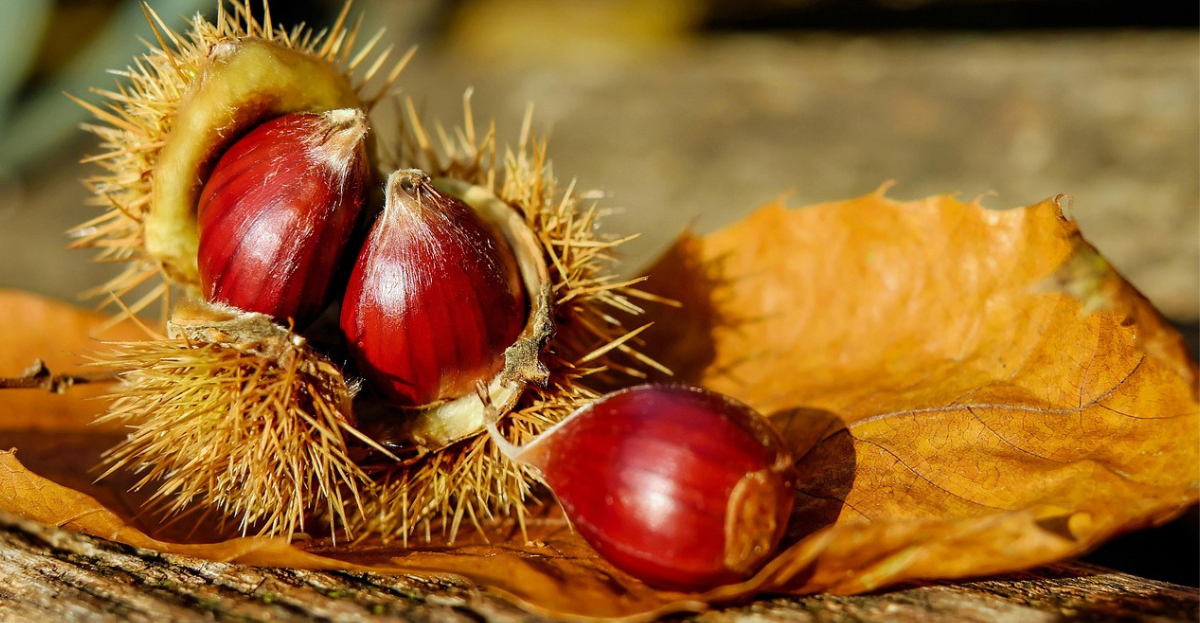
Chestnut & Mushroom Soup
Ingredients:
- 250g chestnuts, roasted and peeled
- 1 onion, chopped
- 2 garlic cloves, chopped
- 200g mushrooms, sliced
- 25g butter (or olive oil)
- 750ml vegetable stock
- 1 tsp thyme (fresh or dried)
- Salt and pepper, to taste
- Cream, to serve
Instructions
- Heat the butter in a pan and fry the onion, garlic, and mushrooms until softened.
- Add the roasted chestnuts, vegetable stock, and thyme.
- Simmer gently for about 20 minutes.
- Blend the soup until smooth, then season with salt and pepper.
- Serve hot with a swirl of cream and slices of crusty bread.
2. Bullace (Prunus domestica)
Where to Find:
Hedgerows, woodland margins.
How to Use:
Similar to damsons — tart until ripe, ideal for preserves.
Health Benefits:
Rich in antioxidants and vitamin C.
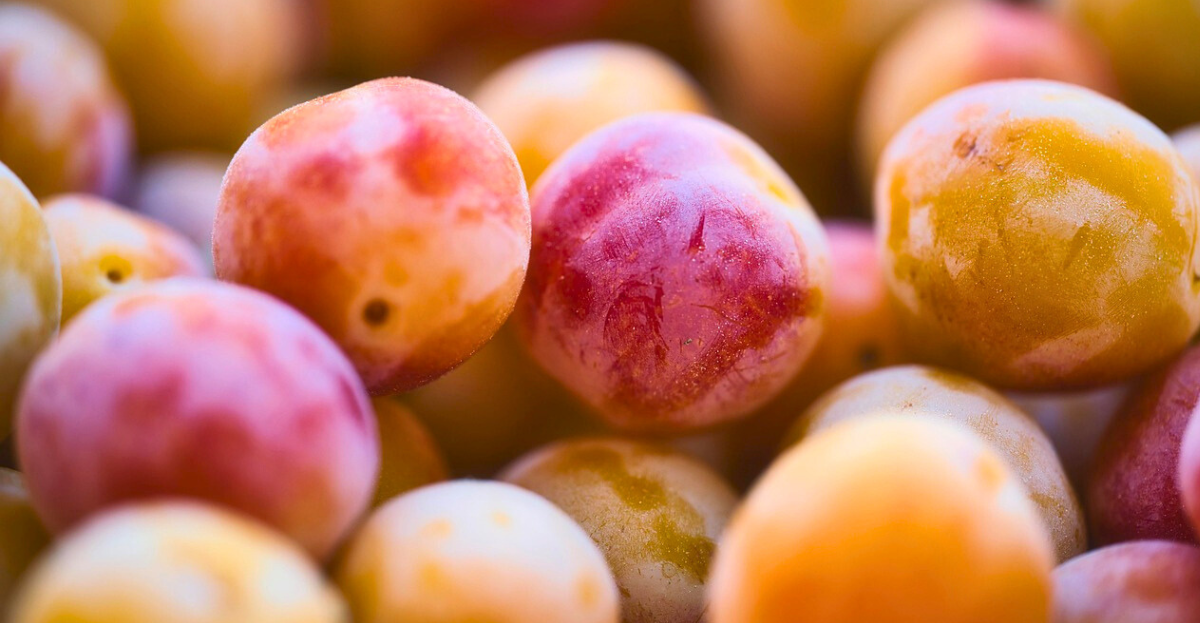
3. Sloes (Prunus spinosa)
Where to Find:
Hedgerows and woodland edges
What to Pick:
Small, tart fruits after the first frost in late September
How to Use:
- Sloe gin
- Flavoured vinegars
- Jams and preserves
High in antioxidants; traditionally used to support digestion
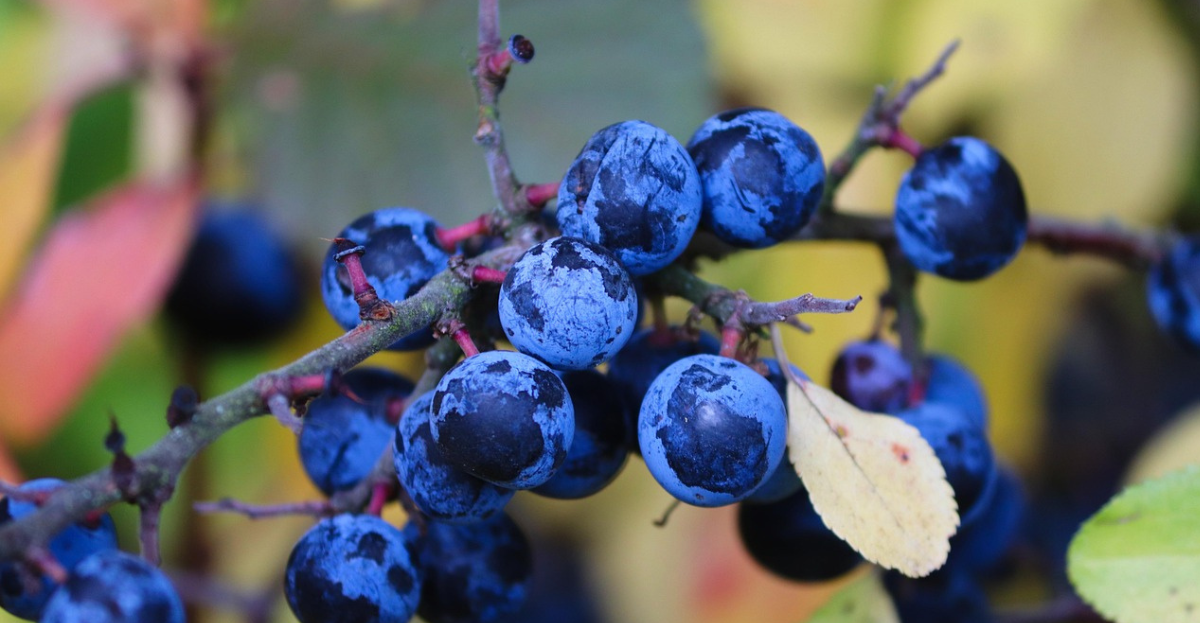
4. Rosehips (Rosa canina)
Where to Find:
Bright red hips on hedgerows and woodland edges.
How to Use:
Syrups, teas, jams.
Health Benefits:
Very high in vitamin C; supports immune health and skin
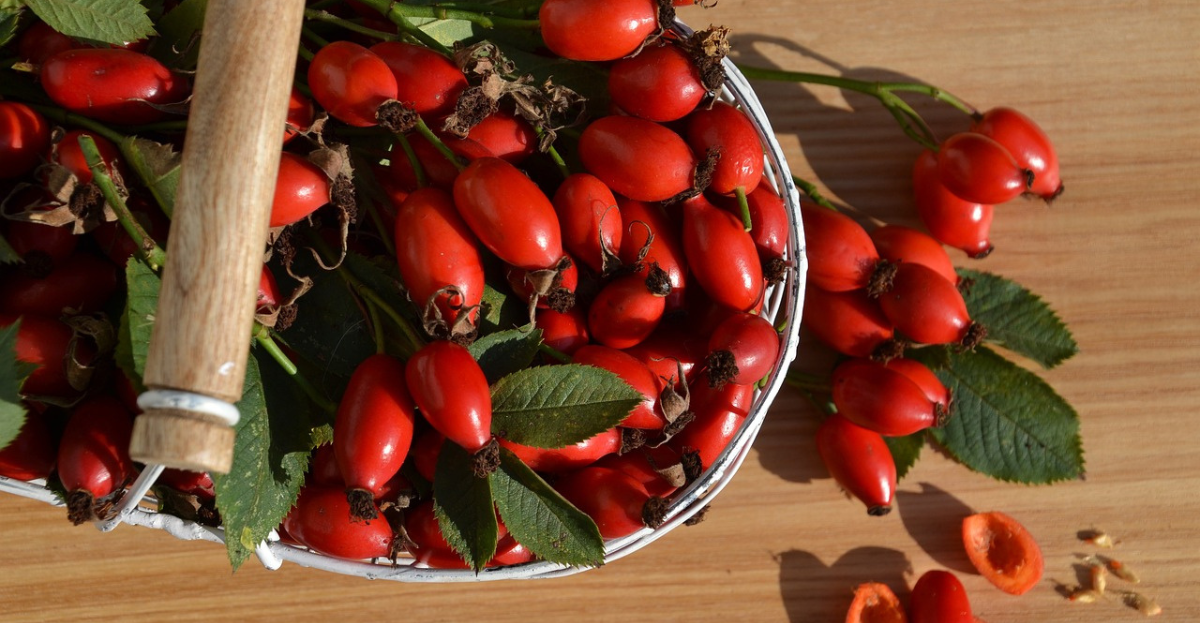
5. Hazelnuts (Corylus avellana)
Where to Find:
Woods, hedgerows, and gardens.
How to Use:
Eat raw, roast, or grind into flour.
Health Benefits:
Rich in vitamin E, healthy fats, and minerals.
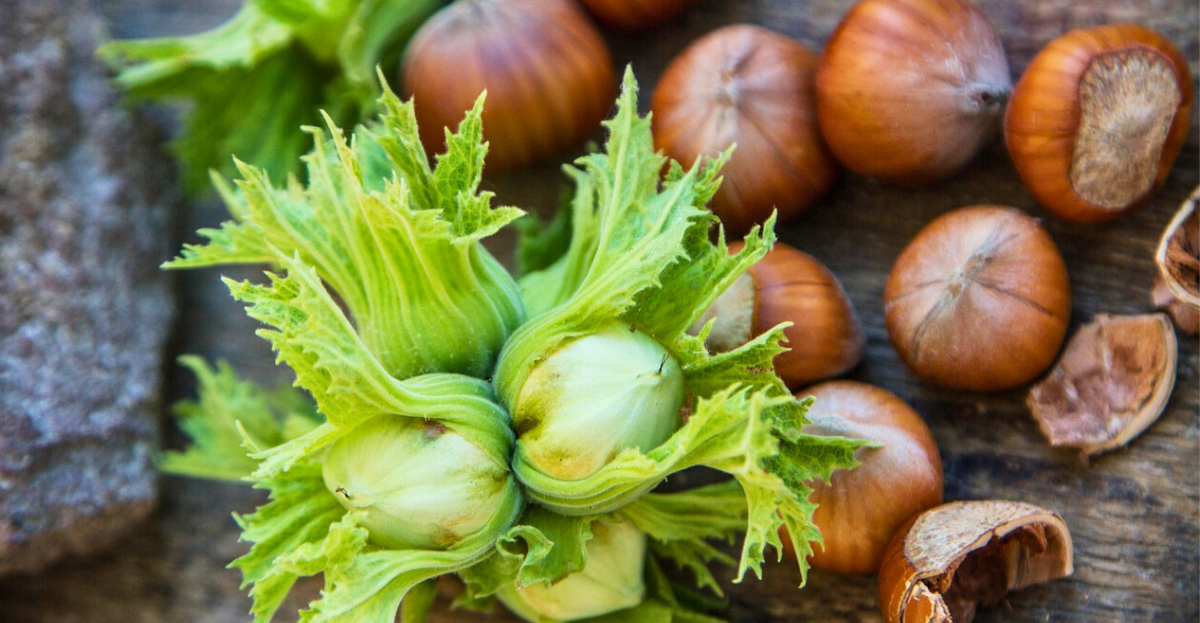
Hazelnut & Chocolate Spread
Ingredients:
- 250g hazelnuts, roasted
- 100g dark chocolate (70% cocoa recommended)
- 2 tablespoons honey or maple syrup
- 1 teaspoon vanilla extract
- Pinch of salt
- 2–3 tablespoons neutral oil (optional, for smoother texture)
Method:
- Prepare the Hazelnuts: Roast hazelnuts in a preheated oven at 180°C (160°C fan) for 10–12 minutes until fragrant. Allow to cool slightly, then rub in a clean tea towel to remove as much of the skins as possible.
- Melt the Chocolate: Melt the chocolate in a heatproof bowl over a pan of simmering water (or in short bursts in a microwave), stirring until smooth.
- Blend the Nuts: Place the roasted hazelnuts in a food processor and blend into a smooth paste.
- Combine Ingredients: Add the melted chocolate, honey (or maple syrup), vanilla extract, and salt to the hazelnut paste. Blend until fully combined. If too thick, add 2–3 tablespoons of neutral oil .
- Store: Transfer the spread into a sterilised jar and store in the fridge for up to 2–3 weeks. For longer storage, freeze in small portions.
- Serve: Use on toast, pancakes, swirled into porridge, or as a filling.
6. Walnuts (Juglans regia)
Where to Find:
Parks and gardens, green husks splitting in October.
How to Use:
Raw, dried, or pickled.
Health Benefits:
Excellent omega-3 source.
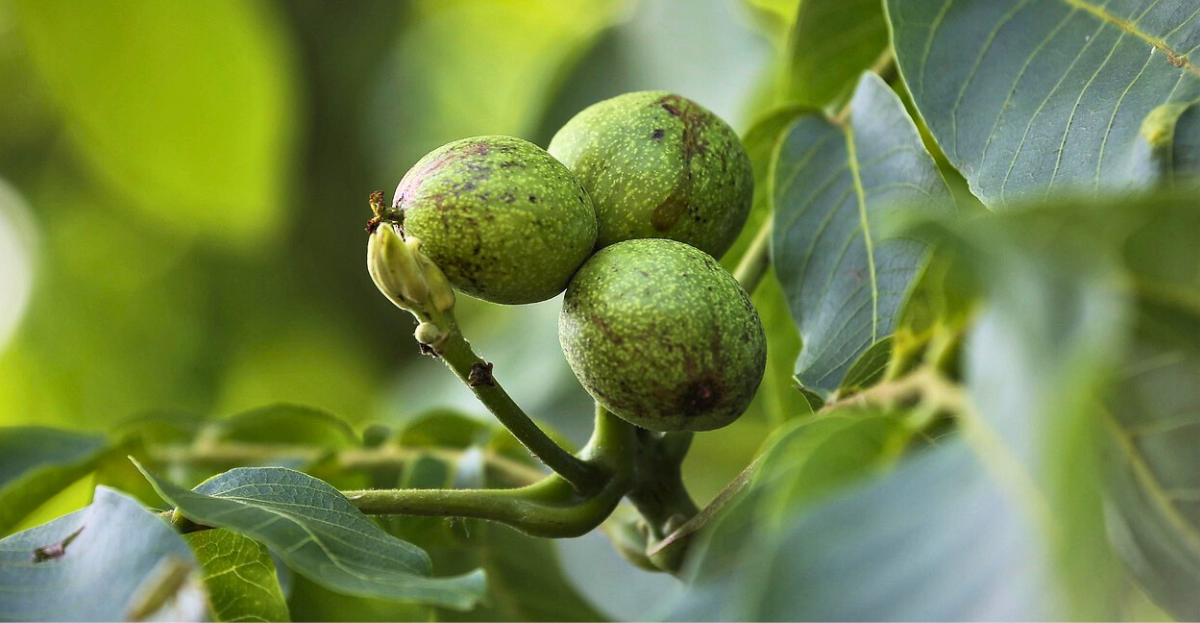
7. Sweet Beech Nuts (Fagus sylvatica)
Where to Find:
Beneath mature beech trees.
How to Use:
Eat roasted or use in baking (small amounts).
Health Benefits:
Protein, fat, and minerals.
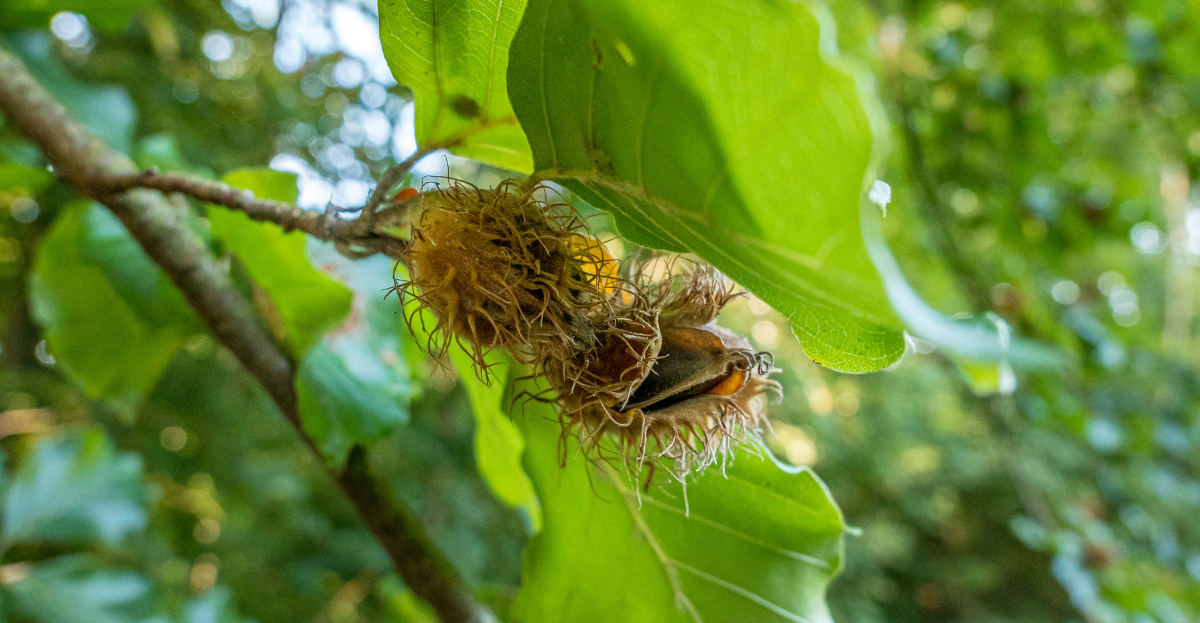
8. Apples & Crab Apples (Malus spp.)
Where to Find:
Orchards, hedgerows, and old parkland trees.
How to Use:
Cider, chutneys, jellies, and baking.
Health Benefits:
High in vitamin C and fibre.
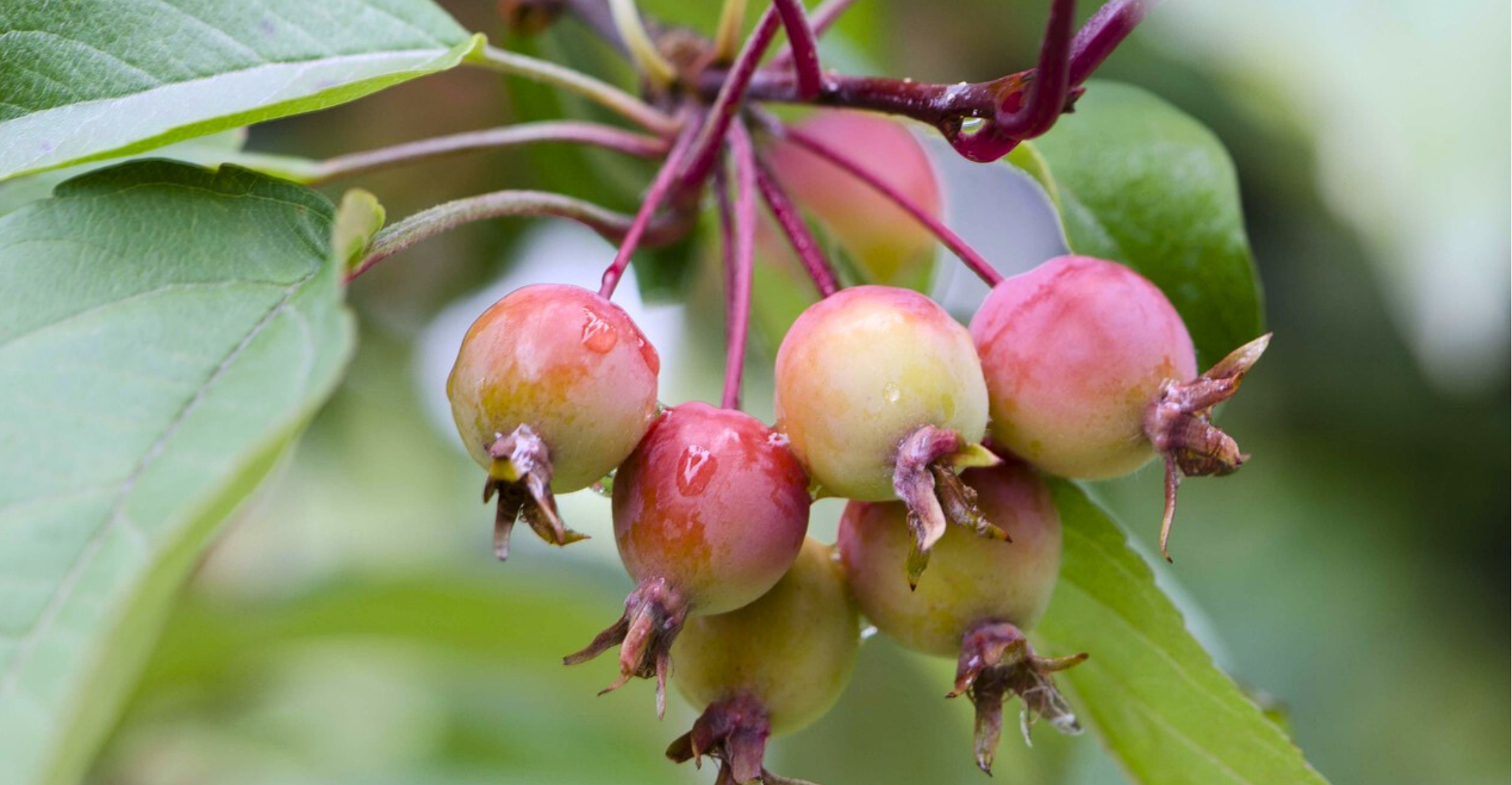
Crab Apple Jelly
Ingredients:
- 1 kg crab apples, washed and quartered
- 1 litre of water
- 450g granulated sugar (adjust according to taste)
- Juice of 1 lemon
- Optional: cinnamon stick or star anise for subtle flavour
Method:
Cook the Crab Apples:
Place the quartered crab apples in a large saucepan and add 1 litre of water. Bring to a gentle boil and simmer for 20–25 minutes until the apples are soft.
Extract the Juice:
Pour the cooked apples and liquid through a muslin cloth or fine sieve into a clean bowl. Allow to drip naturally — do not press the fruit, as this can make the jelly cloudy.
Measure and Sweeten:
Measure the extracted juice. Add granulated sugar in a ratio of 450g per 500ml juice. Stir gently to combine, then add lemon juice.
Boil to Setting Point:
Return the juice and sugar mixture to a clean pan. Add any optional spices. Bring to a rolling boil and cook, stirring occasionally, until the jelly reaches the setting point (around 105°C if using a sugar thermometer) or a spoon test shows it jelling.
Jar the Jelly:
Remove any spices, pour the hot jelly into sterilised jars, seal immediately, and allow to cool completely.
Storage and Serving:
Store in a cool, dark place. Serve on toast, with cheese, or as a glaze for meats and desserts.
Join The National Allotment Society
Become a National Allotment Society member and help to preserve and protect allotments for future generations.
